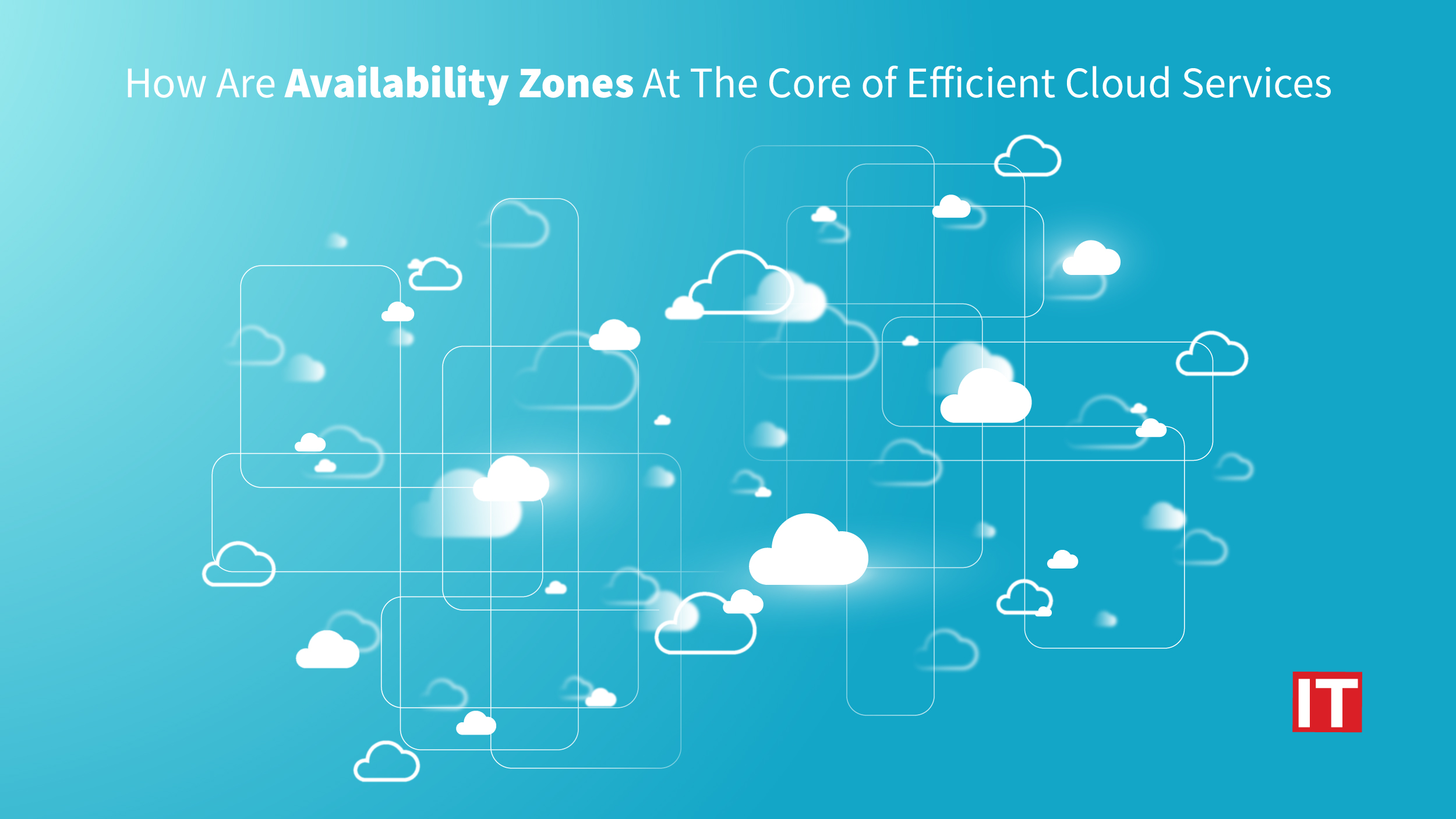What Are Availability Zones in the Cloud?
The geographic locations of cloud data centers are referred to as availability zones. Different regions provide varying levels of service quality in terms of latency, solution portfolios, and costs. Large providers have availability zones all over the world.
An availability zone is a separate data center within a single region. There are multiple data centers in each availability zone, and no single data center is shared by multiple availability zones.
Cloud computing companies usually have multiple global availability zones. This helps ensure that cloud customers have a consistent connection to a cloud service in the geographic zone closest to them.
Organizations choose AZs for a variety of reasons, including compliance and customer proximity. To reduce latency or protect resources, cloud administrators can choose to replicate services across multiple availability zones. In the event of an outage, administrators can move resources to another availability zone. Certain cloud services may also be restricted to specific regions or AZs.
An availability zone is made up of multiple data centers, each with its own independent power, cooling, and networking infrastructure housed in its own facility. A region can have multiple availability zones, but none are shared with other regions. Data centers in an availability zone communicate with one another via a redundant, high-speed, low-latency private network link, and all zones in a region communicate via the same network links.
When a company launches a cloud instance, it first chooses a region and then an availability zone. Customers can typically choose from multiple availability zones in a region, or they can let the cloud service choose their zone. Redundancy and failover are provided by distributing instances across multiple availability zones. If one data center in an availability zone fails, the cloud provider can still provide its services through the remaining zones.

Global Resources Versus Regional Resources Versus Zonal Resources
You should specify which tasks should be performed in which locations when designing your cloud architecture. You can protect your system from hardware and infrastructure problems by computing locally and performing as few cross-regional activities as possible
Zone resources, according to GCP, are “resources within a zone, such as virtual machine instances and persistent zonal disks.” Regionally available resources include static external IP addresses. Regional resources can be accessed by any resource in the region, regardless of zone, whereas zonal resources can only be accessed by resources in the same zone.
To connect a permanent zonal disk to an instance, for example, both resources must be located in the same region. Furthermore, if a static IP address is assigned to an example, the instance must be in the same range as the static IP address.
AWS, Azure And Google Cloud Availability Zones
Amazon Web Services (AWS), Microsoft Azure, and Google Cloud – the cloud giants, all use both regions and availability zones. Each cloud provider’s availability zones are also independent, so a failure or outage in one zone will not affect other zones; the other zones will pick up the slack from the downed region. This ensures that a company’s disaster recovery plan is not jeopardized.
As follows, Azure has the most supported regions and availability zones, followed by Google Cloud and then AWS:
- Azure currently has over 60 regions, some of which are under construction. There are one or more data centers that can run independently for each Azure availability zone. Azure has regions in the Americas, Europe, the Middle East, Africa, and Asia-Pacific.
- Google Cloud is divided into 34 regions and 103 availability zones, with nine more regions in the works. The Americas, Europe, and Asia are all supported regions.
- AWS currently has 26 regions and 84 availability zones, with 24 additional availability zones in the works. Australia, Canada, India, Israel, New Zealand, Spain, Switzerland, and the United Arab Emirates will all have AWS regions.

On What Basis Should You Choose Availability Zones?
Before selecting a provider, consider where your company does business and how it does business. Consider the following when choosing a cloud provider:
Latency and proximity
As a general rule, choose the zone with the lowest latency. Check Stack Overflow and other forums to see what others are saying about one zone having lower latency than another.
When multiple availability zones are used, it makes sense to have the servers that provide a given application located relatively close to the end users who will access that application. Latency is a major issue in the application world, and many cloud providers address it by distributing servers and storage, bringing those resources closer to the end users of their customers.
Cost
Customers can deploy their applications and instances across availability zones and design their environment so that if one availability zone fails, the instances in the other availability zone become active and continue the work of the failed availability zone’s servers until service can be restored.
This is a job for the bookkeepers. The differences are measured in tenths of a penny, and the resources differ from one provider to the next. In other words, you’re not always comparing apples to apples.
Regulatory compliance and security
Each zone exists in a different country, and each country has different data security and protection laws. Some regions may prohibit data transfer between regions, which may have an impact on how you design your infrastructure. Breaching these data compliance laws can result in severe penalties.
Service level agreements
For better service, you’ll need the right parameters. Examine each provider’s service level agreement (SLA).
AWS’ General Service Commitment for Compute on EC2 instances, for example, states that AWS will use commercially reasonable efforts to make the Included Services available in each AWS region with a Monthly Uptime Percentage of at least 99.99%, in each case during any monthly billing cycle (the “Service Commitment”). If any of the Included Services fail to meet the Service Commitment, you will be eligible for a Service Credit, as detailed below.
Conclusively
Availability zones are typically the best choice for increased workload redundancy. They are easier to manage in terms of both cost and administration. They also provide the same level of redundancy as multiple Regions. The primary use cases for multiple regions are disaster recovery and serving users in discrete locations. It also has higher availability and fault tolerance.
































